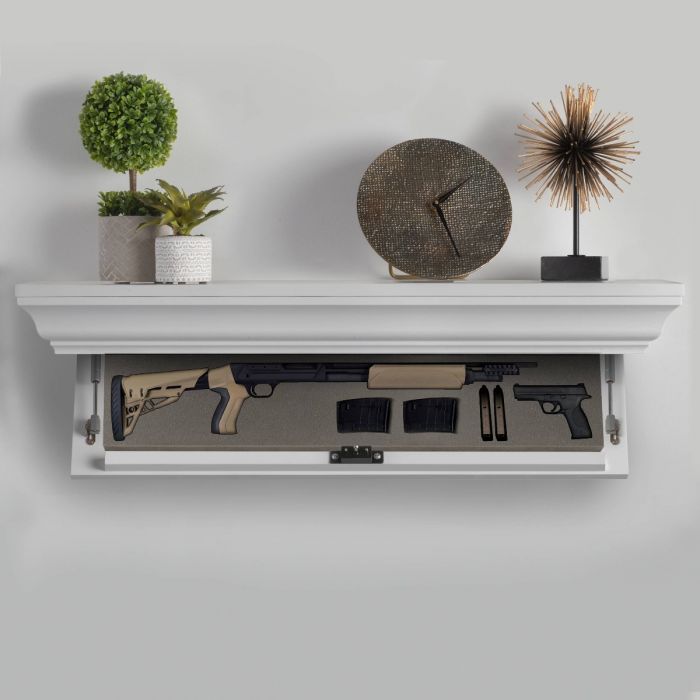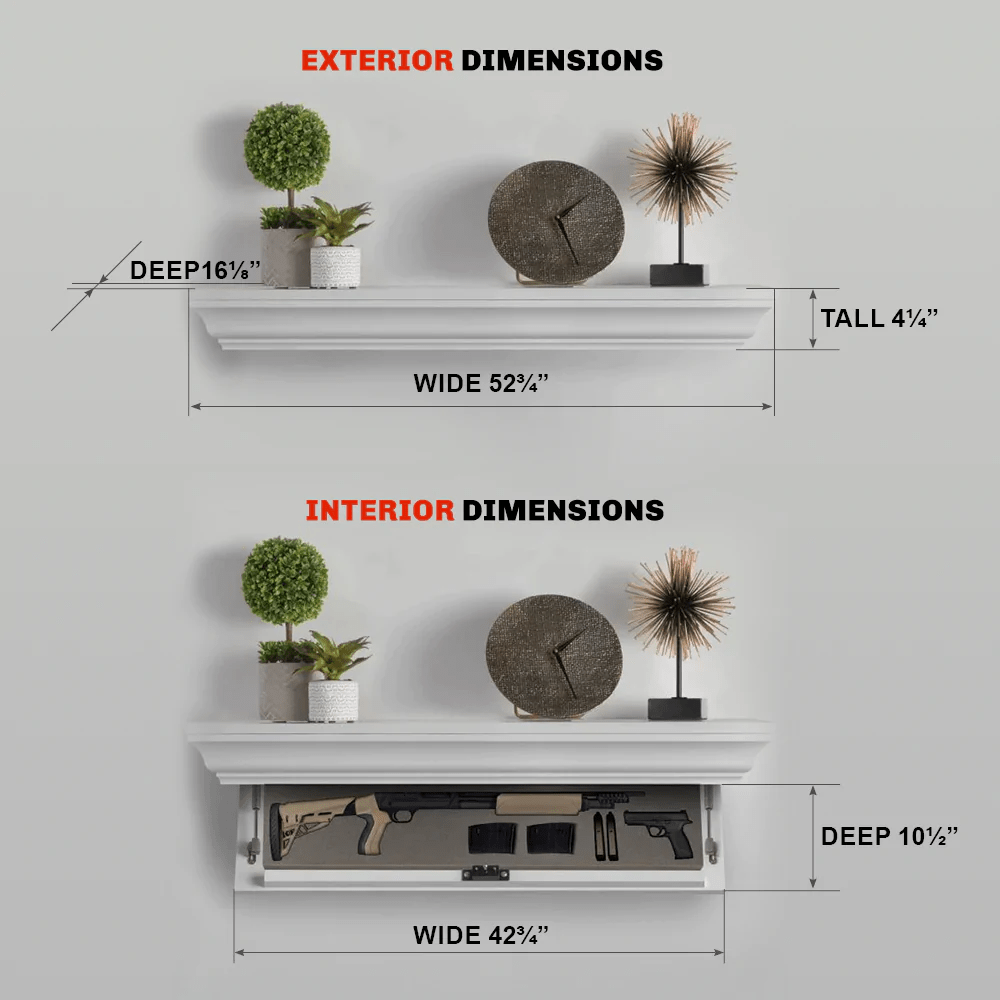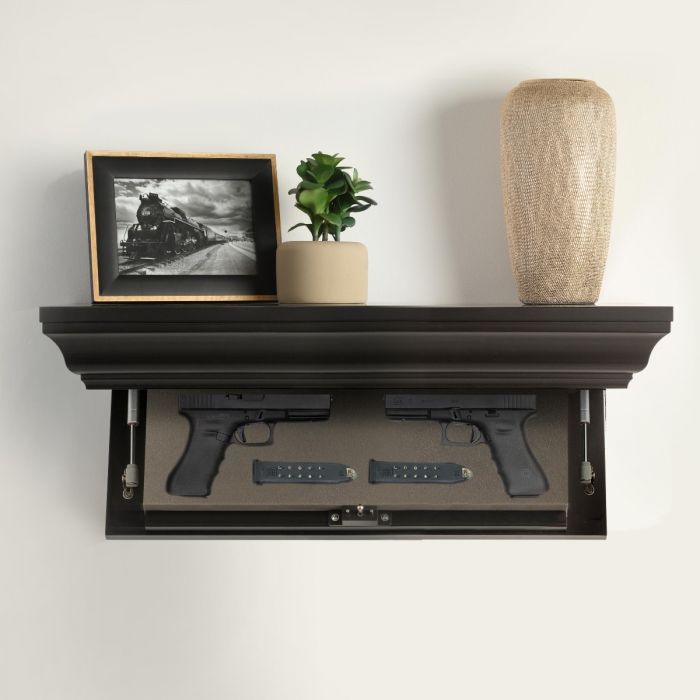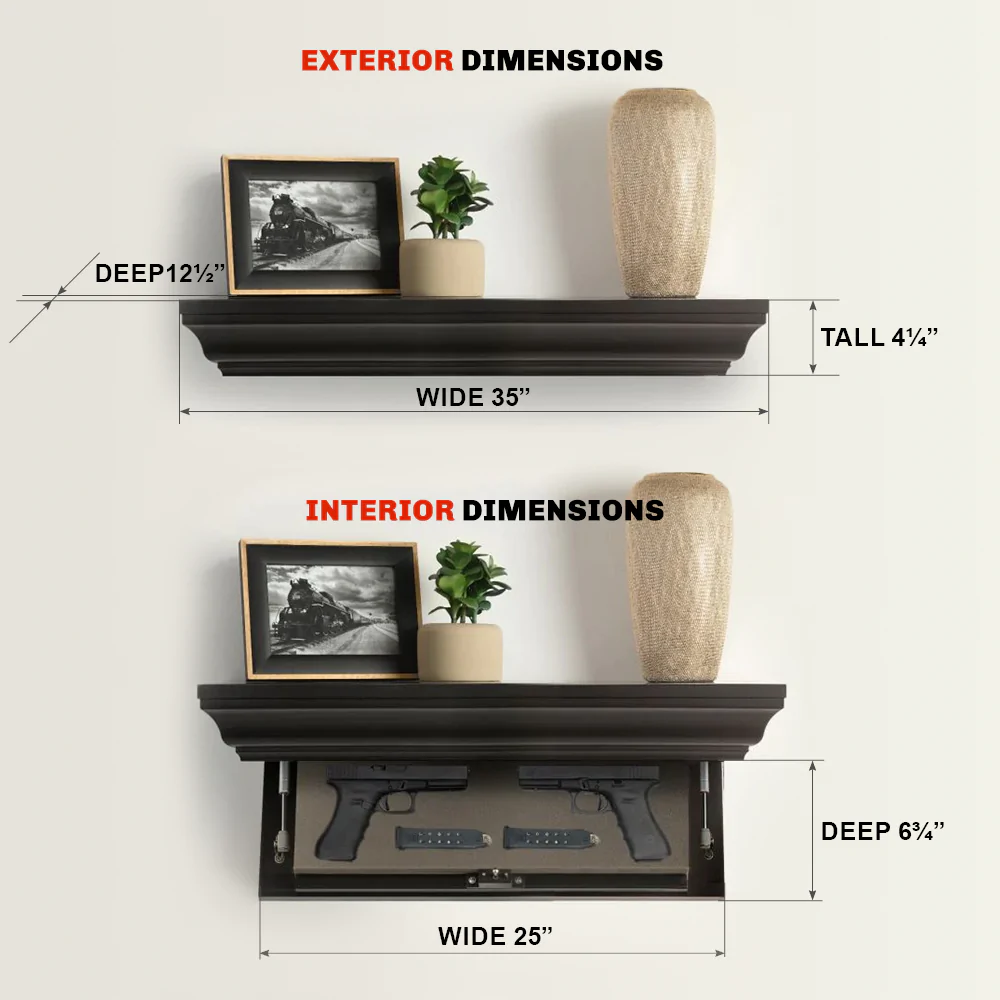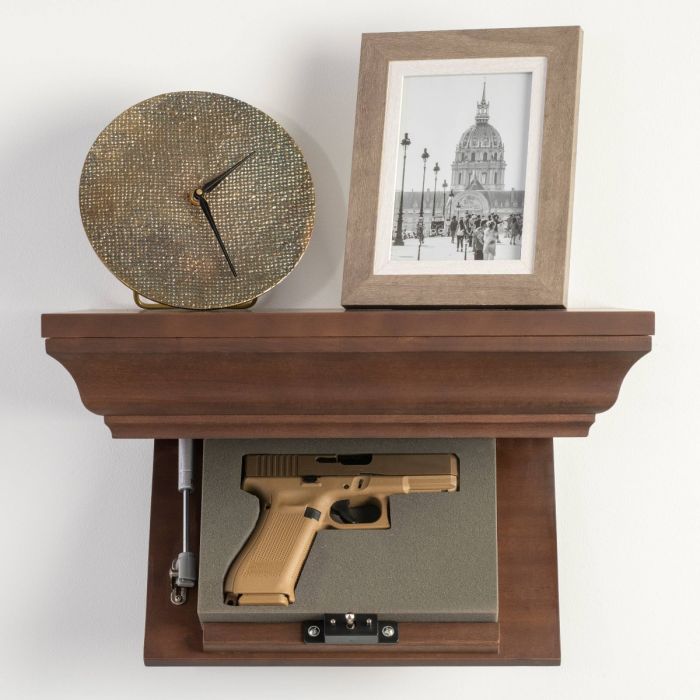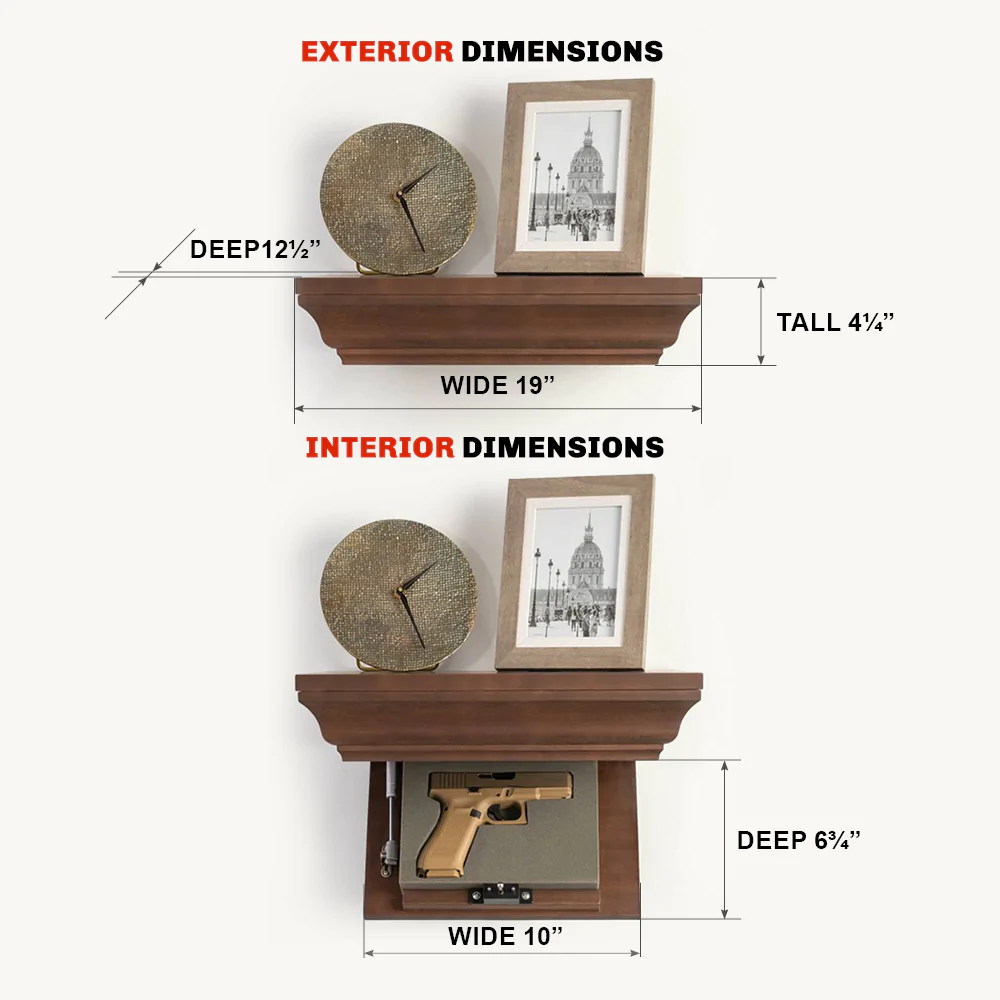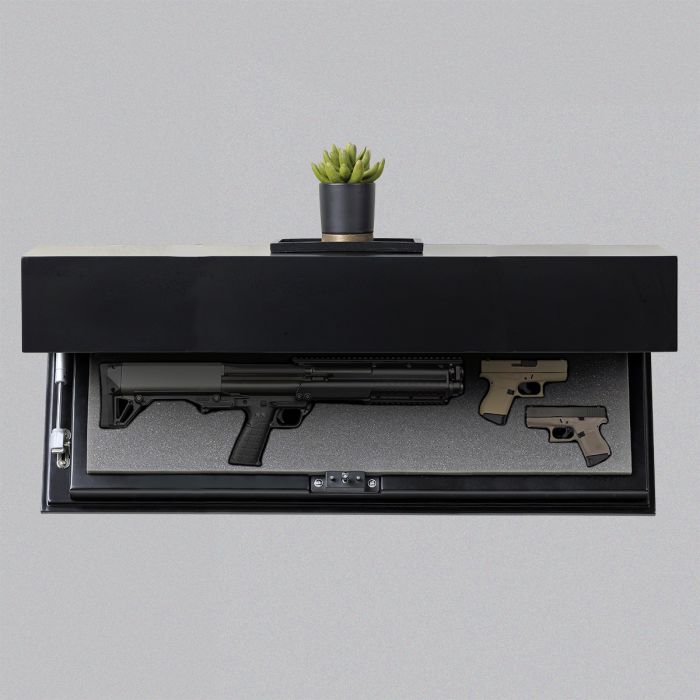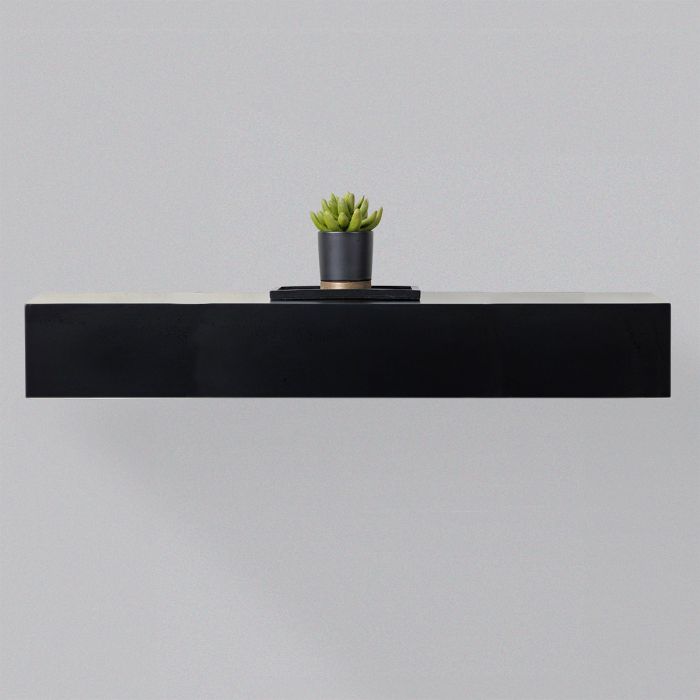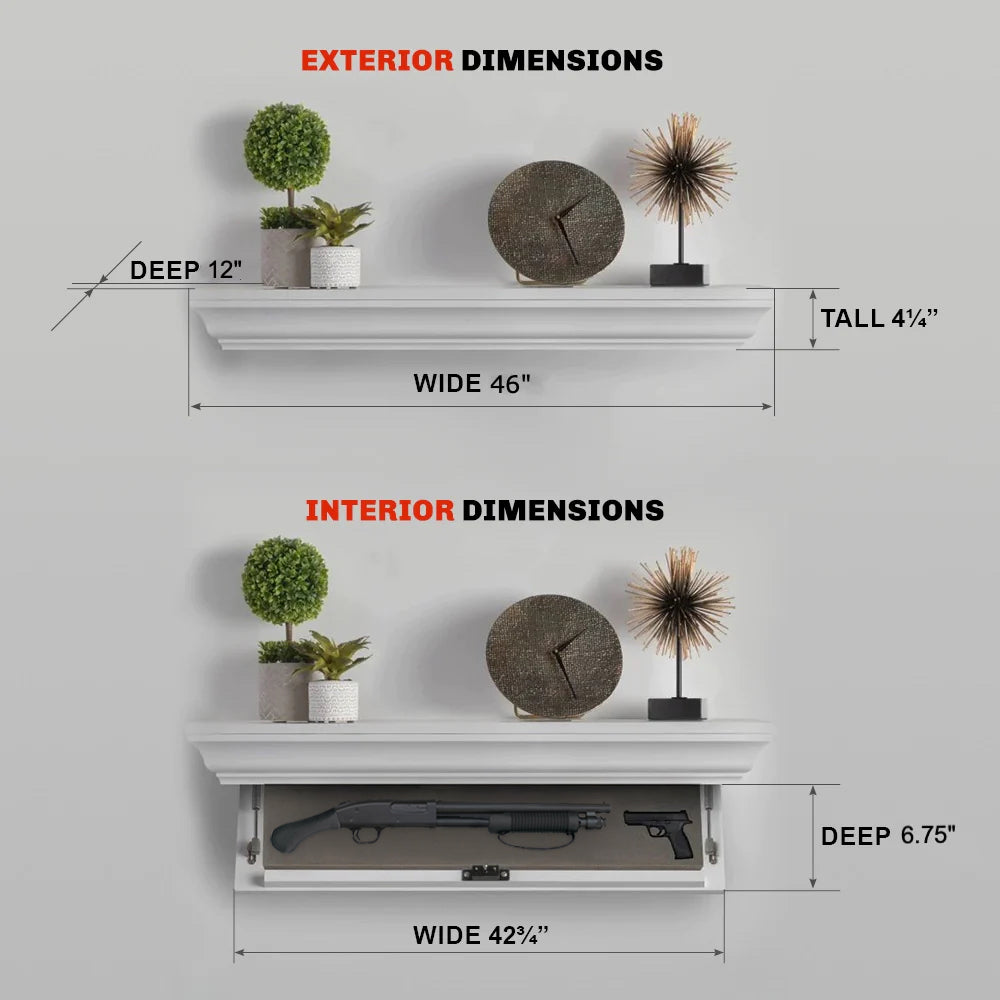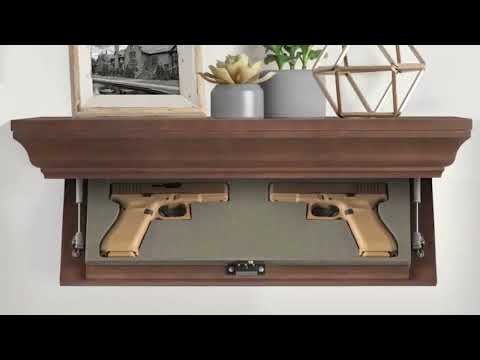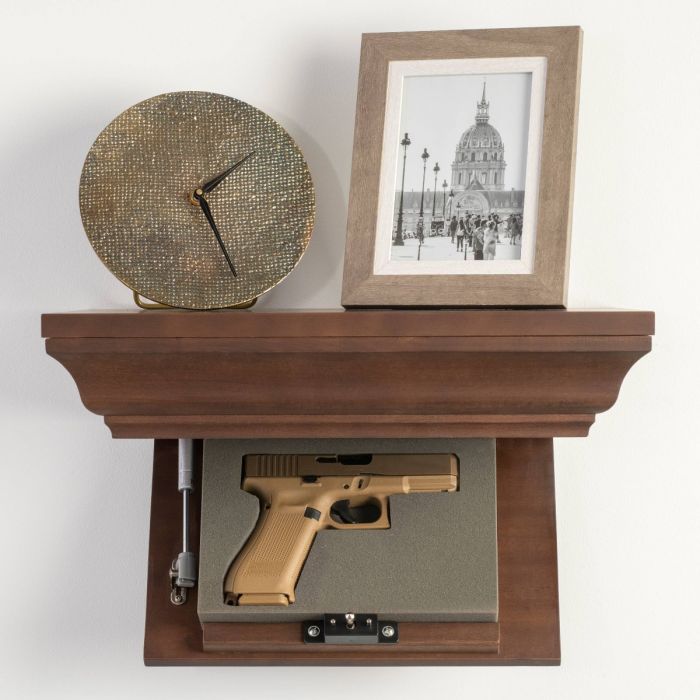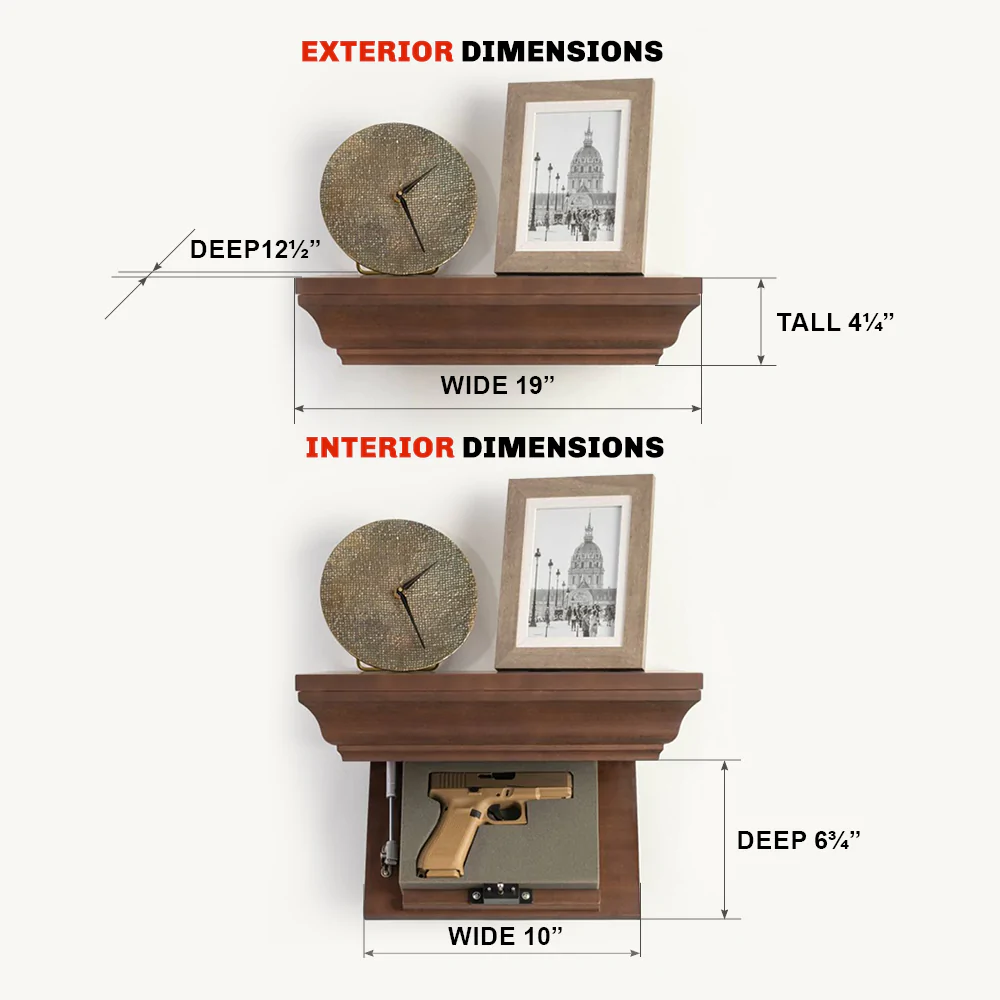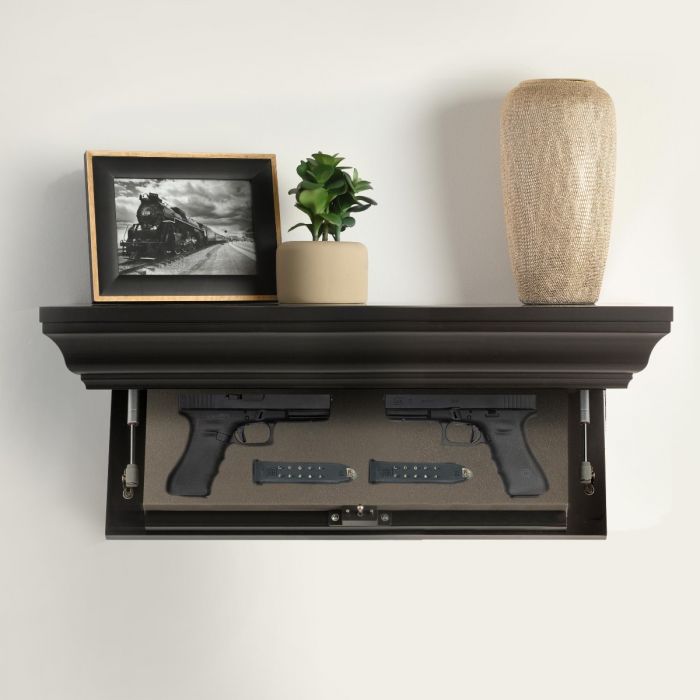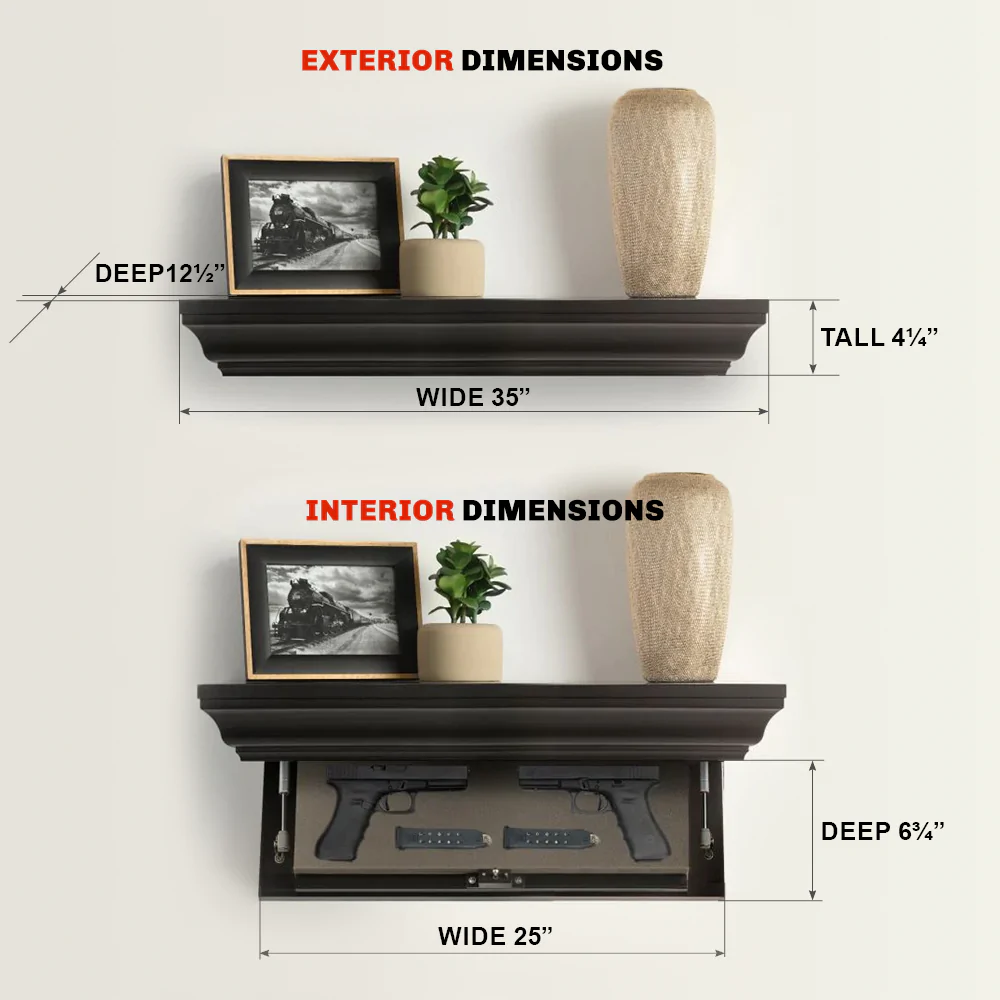Where you live should be a place of safety. Owning a firearm allows for an additional layer of safety that few things can provide. Add in the restrictions in some locations on owning firearms, you have fewer options to ensure the security of your home.
This raises the question “What is the best gun for home defense?”. There are so many options available, even with restrictions, that finding the right option for you can be a daunting task. We’re going to go over some considerations and weigh the pros and cons of each to help you decide which is best for your situation.
Considerations, Legality, and Availability
There is no denying that the AR-15 is the most common rifle for home defense in the United States. However, there are a number of factors that make it the worst option for many individuals. This doesn’t mean the rifle itself is a terrible option, just that it will not fit the parameters that some people have to work with.

Photo courtesy of FN America
The first parameter to consider is legality. The AR-15 is generally legal in most states, but some locations outlaw or heavily restrict the AR-15 to the point that it no longer becomes a viable option. This leaves pistols and shotguns as the only choices.
The second parameter is availability. Some locations just don’t have the infrastructure in place to support using an AR-15. This means ammunition, gunsmithing, or similar factors are just not present to ensure your AR-15 will work long term as a home defense gun. Most locations will have regular supplies of handgun or shotgun ammunition.
The third parameter is perception. The AR-15 is a very polarizing tool. While it provides many benefits, it is still heavily demonized in the mainstream arenas. Handguns and shotguns have less of a negative connotation associated with them.

Pistols: Pros and Cons
A handgun is usually one of the first options people consider for home defense. This comes from the fact that a pistol can serve both home defense and concealed carry needs. This makes them cheaper in the long run since you will only have to purchase one firearm for two roles.
Handguns provide a number of benefits, but more deficits when it comes to home defense. However, home defense is a careful balance that needs to fit your situation rather than your ideal load out.Pros:
Handguns are very compact when compared to larger firearms. For this reason, they can be easily stored in a hidden gun safe or other tactical furniture in addition to being easily carried on your person. This makes them easier to use around the home with furniture and other obstacles in the way.
Handguns come in multiple styles ranging from revolvers to modern semi-automatics. This means there is a pistol out there that not only suits your tastes, but also meets your needs.
Revolvers make great emergency guns for those who aren’t interested in doing a lot of gun-related activities. They are simplistic in application and are easy to clear for most individuals. The risk of accidental discharges is lower than with semi-automatics because many revolvers require deliberate trigger pulls or hammer cocking in order to fire.
Semi-automatics provide the most versatility when it comes to accessories and capacity. They are also easier to reload than revolvers. Most semi-automatics have easily sourced defensive ammunition and can be easily tuned to the primary ammunition you will be using. Semi-automatic jams can be cleared by the average individual and most modern striker fired guns are mechanically simpler inside than a revolver, making them easier to clean and maintain. This makes them a better long term gun for those who are interested in maintaining their own guns and accessorizing them to meet their needs.

Cons:
There are two major downsides to pistols and they both relate to why pistols are so convenient for home defense.
First, because pistols are so small, they can be harder to control. This can be mitigated by proper grip, training, and practice or by using a larger handgun. However, this takes a lot more effort to achieve, with pistol skills degrading when they are not constantly practiced.
The second drawback is effectiveness. While some home defense situations will be resolved with the presence of a firearm, others will require accurate use of a firearm. Due to how pistol ballistics work it may take multiple shots to resolve a threat.
While this is generally understood in most self-defense circles, the perception of non-gun people is much less refined. The average juror is going to go off of their favorite TV series when it comes to pistol performance, where the protagonists resolve each firefight with a handful of rounds.
On the opposite end of the spectrum, there are real world situations where an aggressor did not go down even after ten or more rounds were put into them. This comes down to poor shot placement and other factors like drugs or alcohol increasing pain resistance.
This means every additional round used pushes the boundary of “reasonable use of force” and increases the likelihood of you being punished for defending yourself.
Shotguns: Pros and Cons
Shotguns are considered to be the average individual’s gun. They are mostly associated with hunting and clay shooting, both of which are socially acceptable pastimes. They also offer a good balance of positive and negative features.
Pros:
Shotguns in one form or another are legal in almost all states barring the most restrictive locations. They offer three points of contact with the shooter, making them easier to control and present than a pistol.
Standard hunting buckshot can be used in self-defense and they are highly effective. This is because most buckshot actually fires seven to nine 9mm sized projectiles per trigger pull. When they all impact a target they have an immediate effect which can end a fight sooner compared to a singular pistol round.
They also have a better perception in the public eye. A single buckshot load seems more reasonable than nine rounds from any pistol. Hunting shotguns and shotguns with wood furniture is less intimidating to the average individual than an AR-15 is.
Ammunition is usually widely available and shotguns are so versatile in the type of ammunition they use that they fill multiple roles. A shotgun can be used for hunting, pest control, and home defense, all in a socially acceptable package.
Shotguns can be semi-automatic or pump predominantly which allows you to have multiple shots available just in case you miss or are dealing with multiple intruders. This places them in the middle of effectiveness and ease of use when compared to other options.
Cons:
Shotguns have five major drawbacks despite all of their benefits. These relate to the sights, the capacity, the size of the gun, the ammunition used, and firing the gun.
Next we have the sights. While newer shotguns are adopting rifle like sights or red dot sights, a lot of the older models are still using single bead or post sights. These types of sights allow for a wide field of view, but it takes a lot of practice in order to be accurate with them.
Combine this accuracy problem with the standard ammunition and you have potential problems. Whenever you use a firearm in self-defense, you have to be accountable for every projectile. A minimum of seven projectiles is sent out with most buckshot loads, which means you need to control where each goes. Since shotguns tend to have buckshot spread, you need to know the extent of that spread at various distances, this is referred to as “patterning” your shotgun. If you don’t know the pattern of your individual shotgun, there is an increased likelihood of a pellet going where you don’t want it to.
This brings us to capacity and firing the gun. Shotguns will always have a lower capacity than most other firearms. This is due to the size of the shell and how most shotguns store spare ammunition. This is mitigated by the use of buckshot, but you will have to train loading the shotgun regularly in order to ensure the gun stays ready for use.

Photo courtesy of Mossberg
When it comes to firing the gun there are two separate issues depending on the type of shotgun. For pump action shotguns, there is a chance for a user induced malfunction called “short stroking.” This is when the user does not fully rack the shotgun and fails to chamber the next round. Short stroking can occur in non-life threatening situations and has an increased likelihood under stress, even for extremely accomplished shotgun users. Having it happen during a home invasion could result in severe injury or death.
The other issue is found in semi-automatic shotguns. Some semi-automatics require a certain power level with the ammunition they use, otherwise they won’t cycle. This means relatively low recoil loadings might cause the firearm to malfunction instead of ejecting a shell and chambering the next round.
So Which is Best?
As with everything firearms related, your situation will determine which is best for you. If you live in a more urban area, a pistol might be your better option while rural areas will benefit more from a shotgun.
Knowing how each option and ammunition selection will work with interior walls in addition to their effective range is another aspect of determining which option is good. Familiarity with the firearm itself is another determining factor. If you train exclusively with a pistol, a shotgun might not be worth the switch and vice versa.
Whatever you determine is your best option, keep it secure with one of our multiple hidden gun safe options.



